Sustainability Practices
Sustainability practices are becoming increasingly relevant within the Art Logistics Market. As environmental concerns gain prominence, logistics companies are adopting eco-friendly practices to minimize their carbon footprint. This includes utilizing electric vehicles for transportation and implementing sustainable packaging solutions. Recent studies indicate that 60% of art logistics firms are now prioritizing sustainability in their operations. Additionally, the demand for sustainable logistics solutions is being driven by clients who are more environmentally conscious. This shift not only enhances the reputation of logistics providers but also aligns with the broader trend of corporate social responsibility. As sustainability becomes a core value, it is expected to influence the Art Logistics Market significantly, potentially leading to new business models and partnerships.
Technological Advancements
The Art Logistics Market is experiencing a notable transformation due to technological advancements. Innovations such as real-time tracking systems and automated inventory management are enhancing operational efficiency. The integration of artificial intelligence and machine learning is streamlining logistics processes, allowing for better route optimization and reduced delivery times. According to recent data, the adoption of technology in logistics has led to a 20% increase in efficiency for art transport services. Furthermore, the use of blockchain technology is emerging as a means to ensure provenance and authenticity, which is crucial in the art sector. As these technologies continue to evolve, they are likely to reshape the Art Logistics Market, making it more responsive to the needs of artists, galleries, and collectors.
Increasing Art Market Value
The increasing value of the art market is a pivotal driver for the Art Logistics Market. As The Art Logistics continues to expand, with sales reaching approximately 65 billion dollars in recent years, the demand for specialized logistics services is on the rise. High-value artworks require meticulous handling, secure transportation, and climate-controlled environments, which logistics providers must offer. This trend is further fueled by the growing interest in art as an investment, prompting collectors to seek reliable logistics partners who can ensure the safety and integrity of their assets. Consequently, the Art Logistics Market is likely to see a surge in demand for premium logistics services tailored to high-value art transactions.
E-commerce Growth in Art Sales
The rise of e-commerce in art sales is reshaping the Art Logistics Market. Online platforms are becoming increasingly popular for buying and selling art, leading to a surge in demand for efficient logistics solutions. As more artists and galleries embrace digital sales channels, the need for reliable shipping and handling services has intensified. Recent statistics reveal that online art sales have grown by over 25% annually, prompting logistics companies to develop tailored solutions for the unique challenges of shipping art. This includes ensuring proper packaging, temperature control, and timely delivery. As e-commerce continues to evolve, it is likely to drive innovation within the Art Logistics Market, fostering new partnerships and service offerings.
Global Art Exhibitions and Fairs
The proliferation of international art exhibitions and fairs is significantly impacting the Art Logistics Market. Events such as Art Basel and the Venice Biennale attract global attention, necessitating efficient logistics solutions for transporting artworks across borders. The logistics involved in these events are complex, often requiring customs clearance, insurance, and specialized handling. As the number of exhibitions increases, so does the demand for logistics services that can navigate these challenges. Recent data suggests that logistics costs for art exhibitions can account for up to 30% of the total budget, highlighting the importance of effective logistics management. This trend indicates a robust growth trajectory for the Art Logistics Market, as logistics providers adapt to meet the needs of a dynamic art event landscape.



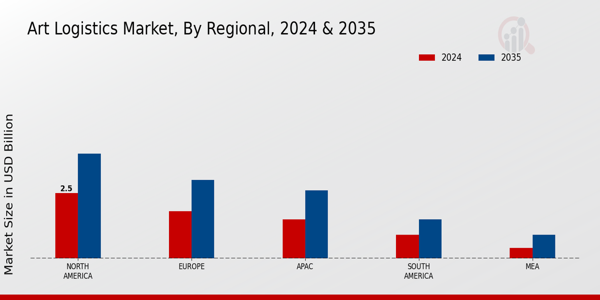
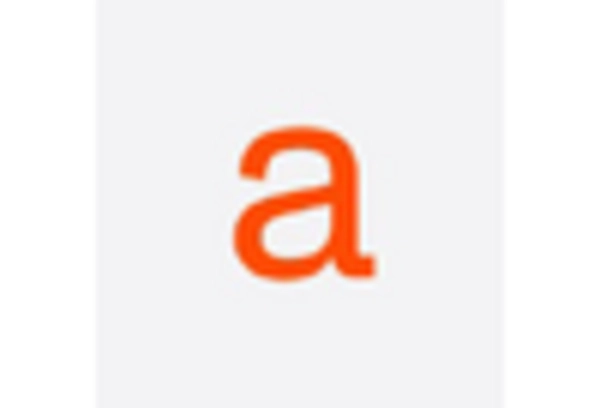
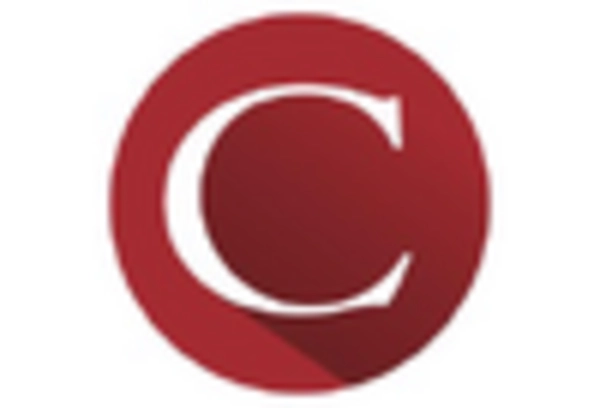

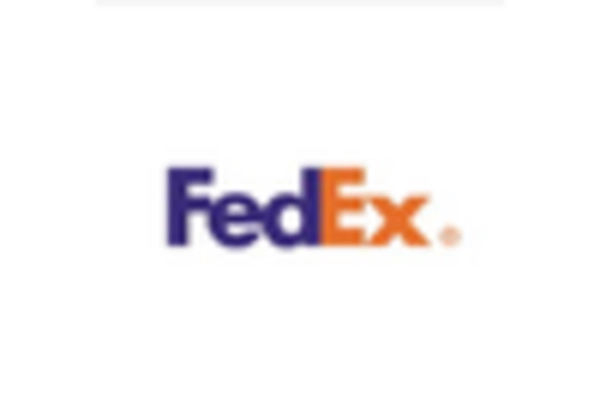
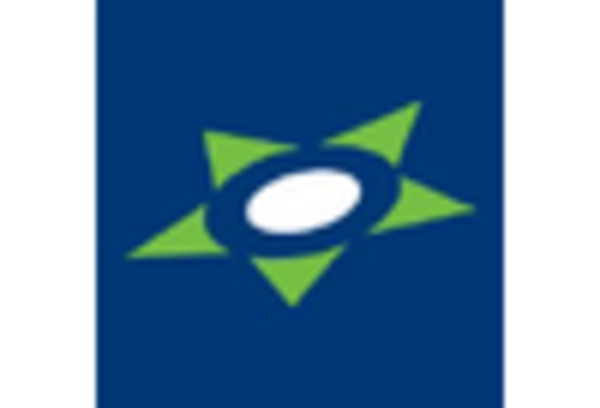









Leave a Comment